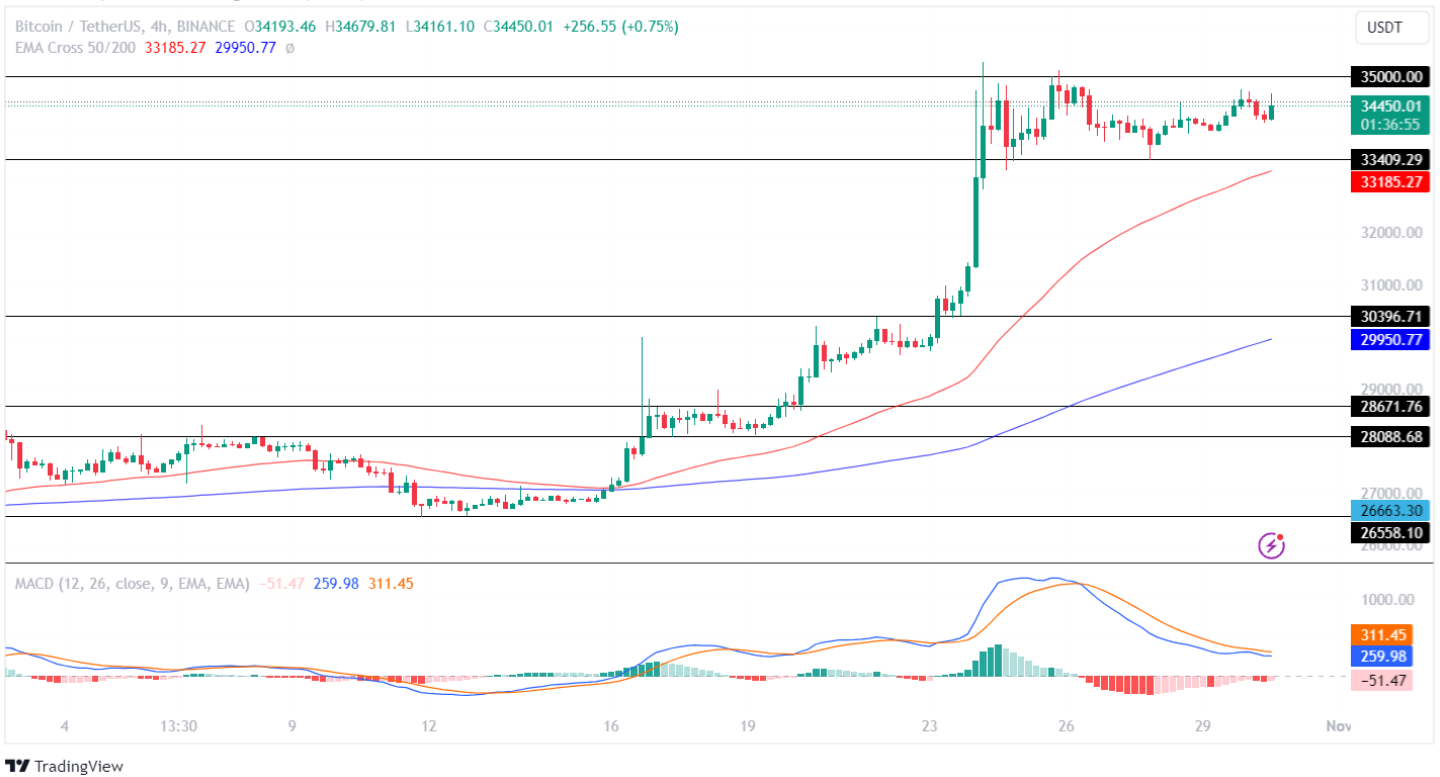Superbug Alert: The Threat Of Drug-Resistant Fungi

Table of Contents
The Mechanisms of Antifungal Resistance
Drug-resistant fungi develop their resilience through various clever mechanisms, making treatment increasingly challenging. These mechanisms allow fungi to evade the effects of antifungal drugs, leading to persistent infections and treatment failures. Understanding these mechanisms is crucial for developing effective strategies to combat antifungal resistance.
-
Target site modification: Fungi can alter the structure of the target site where the antifungal drug binds, reducing the drug's effectiveness. This subtle change can be enough to render the drug useless against the mutated fungus. This is a common mechanism observed in Candida albicans, a frequent cause of opportunistic infections.
-
Efflux pump overexpression: Fungi can produce more efflux pumps, which are proteins that actively pump antifungal drugs out of the fungal cell, preventing them from reaching their target. This effectively reduces the intracellular concentration of the drug, making it ineffective. Many fungal species employ this strategy to increase their resistance.
-
Reduced drug permeability: Some fungi can reduce the permeability of their cell walls, limiting the amount of antifungal drug that can enter the cell. This barrier prevents the drug from reaching its target, thus hindering its ability to kill or inhibit fungal growth. This is often observed alongside other resistance mechanisms.
-
Target modification: A more specific form of target site modification, this involves changes in the structure of the target molecule that directly impact the drug’s binding affinity.
High-Risk Patient Groups and Infections
Drug-resistant fungal infections disproportionately affect vulnerable populations, resulting in severe illness and increased mortality. The rise of drug-resistant strains, particularly Candida auris and Aspergillus fumigatus, presents a significant challenge to healthcare providers. Understanding the high-risk groups is vital for targeted prevention and early intervention.
-
Immunocompromised individuals: Patients with HIV/AIDS, undergoing cancer treatment, or organ transplant recipients are highly susceptible due to weakened immune systems. These individuals have a significantly reduced ability to fight off fungal infections.
-
Patients with chronic diseases: Individuals with diabetes, cystic fibrosis, or other chronic conditions often have compromised immune function, making them vulnerable to fungal infections. These underlying conditions weaken their natural defenses against fungal pathogens.
-
Individuals receiving long-term antibiotic or antifungal therapy: Prolonged use of these medications can disrupt the natural microbiota, creating an environment where drug-resistant fungi can thrive. The disruption of the body's natural defenses provides an opportunity for resistant fungi to proliferate.
-
Those in healthcare settings: Hospitals and nursing homes are high-risk environments due to the concentration of immunocompromised individuals and the potential for cross-contamination. The close proximity of susceptible individuals and the widespread use of antibiotics and antifungals facilitate the spread of resistant strains.
The Impact of Drug-Resistant Fungi on Healthcare Systems
The emergence of drug-resistant fungi presents a significant challenge to healthcare systems globally. The increased mortality rates, difficulty in diagnosis and treatment, and the need for more expensive therapies strain healthcare resources significantly. The economic burden and public health implications are profound.
-
Increased mortality rates: Drug-resistant fungal infections are associated with substantially higher mortality rates compared to infections caused by drug-susceptible strains. This increased mortality places a significant burden on both patients and healthcare providers.
-
Longer hospital stays: The difficulty in treating drug-resistant fungal infections often leads to extended hospitalizations, increasing healthcare costs and impacting resource allocation. The prolonged treatment and recovery times result in higher overall expenditure.
-
Higher treatment costs: Novel and more expensive therapies are often required to treat drug-resistant fungal infections, adding to the financial burden on patients and healthcare systems. The cost of specialized diagnostics and treatments can be significantly higher.
-
Strain on healthcare resources: The rising prevalence of drug-resistant fungi strains healthcare resources, impacting staffing levels, bed availability, and overall capacity to treat patients effectively. The increased demand for specialized care can overwhelm healthcare systems.
Strategies to Combat Antifungal Resistance
Combating the threat of drug-resistant fungi requires a multi-pronged approach encompassing preventive measures, therapeutic advancements, and robust surveillance systems. A collaborative effort is essential to mitigate the spread of resistance and improve patient outcomes.
-
Improved infection control protocols: Strict adherence to hygiene practices, hand hygiene, and environmental decontamination in healthcare settings are crucial to prevent the spread of drug-resistant fungi. These preventive measures can significantly reduce transmission rates.
-
Responsible antifungal stewardship: Promoting the judicious use of antifungal medications, including appropriate dosing and duration of therapy, helps to minimize the selection pressure for the development of resistance. Careful prescribing practices are essential to curb the rise of resistant strains.
-
Development of new antifungal drugs: Research and development efforts focusing on novel antifungal drugs with new mechanisms of action are critical to overcoming existing resistance. The discovery of new drugs that target different pathways is crucial to combat resistance.
-
Combination therapies: Using multiple antifungal drugs simultaneously can help to overcome resistance by targeting different fungal pathways. This approach can be particularly effective in managing severe infections caused by highly resistant strains.
-
Global surveillance programs: Continuous monitoring of antifungal resistance patterns is essential for early detection of emerging resistant strains and informed decision-making regarding treatment strategies. This helps to track the spread of resistance and inform public health interventions.
Conclusion: Taking Action Against Drug-Resistant Fungi
Drug-resistant fungi pose a serious and growing threat to global health, causing significant morbidity, mortality, and economic burden on healthcare systems. The complex mechanisms of resistance, coupled with the vulnerability of specific patient populations, highlight the urgent need for proactive strategies to combat antifungal resistance. Preventing antifungal resistance requires a concerted effort involving improved infection control, responsible antifungal stewardship, the development of new drugs, and robust surveillance systems. Understanding the threat of drug-resistant fungi is crucial. Learn more about the fight against antifungal resistance and how you can contribute to the solution, helping us to combat drug-resistant fungi and prevent antifungal resistance before it's too late.

Featured Posts
-
 The Future Of Xrp Ripple Opportunities And Challenges For Investors
May 08, 2025
The Future Of Xrp Ripple Opportunities And Challenges For Investors
May 08, 2025 -
 Westbrook Trade Buzz A Nuggets Players Reaction
May 08, 2025
Westbrook Trade Buzz A Nuggets Players Reaction
May 08, 2025 -
 A Rogue One Stars Unfiltered Thoughts On A Fan Favorite
May 08, 2025
A Rogue One Stars Unfiltered Thoughts On A Fan Favorite
May 08, 2025 -
 2024
May 08, 2025
2024
May 08, 2025 -
 Oklahoma City Thunder Portland Trail Blazers March 7th Game Information
May 08, 2025
Oklahoma City Thunder Portland Trail Blazers March 7th Game Information
May 08, 2025
Latest Posts
-
 Bitcoin Madenciliginde Yeni Bir Doenem Sonun Baslangici Mi
May 08, 2025
Bitcoin Madenciliginde Yeni Bir Doenem Sonun Baslangici Mi
May 08, 2025 -
 Bitcoin Madenciligi Yaklasan Son Ve Gelecegi
May 08, 2025
Bitcoin Madenciligi Yaklasan Son Ve Gelecegi
May 08, 2025 -
 Recent Bitcoin Mining Growth A Detailed Examination
May 08, 2025
Recent Bitcoin Mining Growth A Detailed Examination
May 08, 2025 -
 Bitcoin Madenciligi Son Durak
May 08, 2025
Bitcoin Madenciligi Son Durak
May 08, 2025 -
 Bitcoin Mining Exploring The Reasons For The Recent Surge In Activity
May 08, 2025
Bitcoin Mining Exploring The Reasons For The Recent Surge In Activity
May 08, 2025
